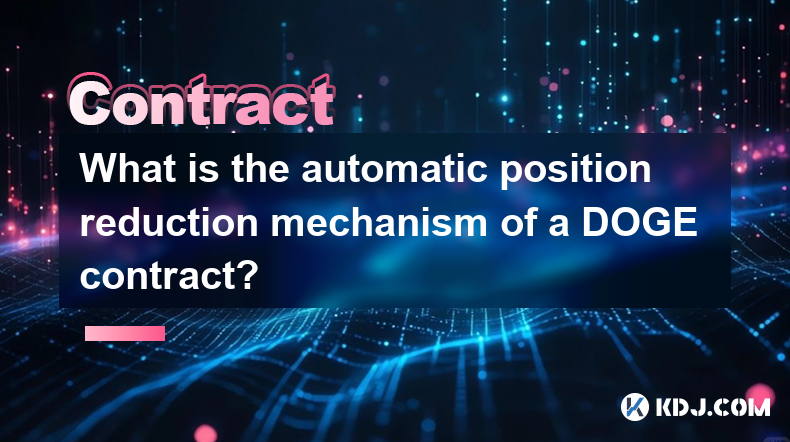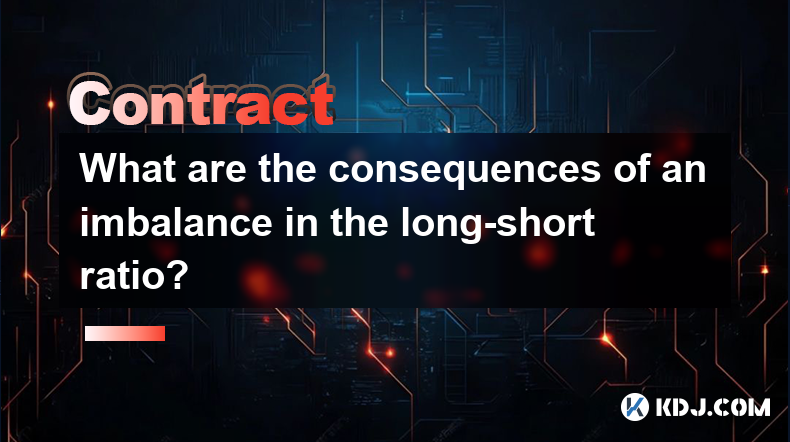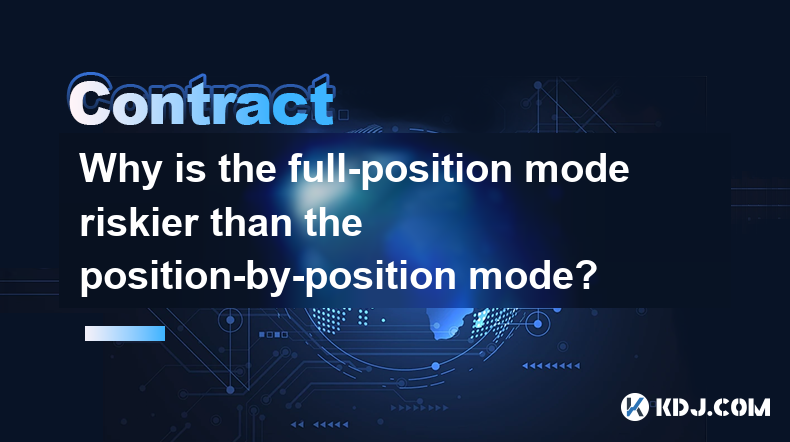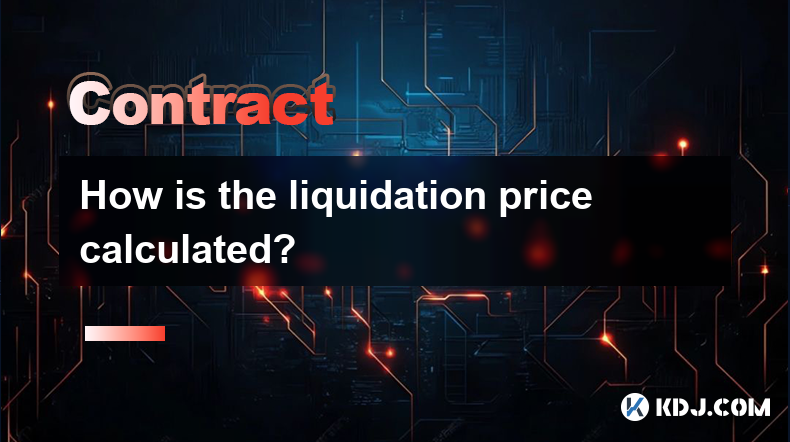-
 Bitcoin
Bitcoin $88,210.6273
1.11% -
 Ethereum
Ethereum $1,583.4647
-3.31% -
 Tether USDt
Tether USDt $1.0001
0.01% -
 XRP
XRP $2.0863
-1.39% -
 BNB
BNB $600.3082
-0.60% -
 Solana
Solana $139.2799
-0.26% -
 USDC
USDC $0.9999
0.00% -
 Dogecoin
Dogecoin $0.1615
0.68% -
 TRON
TRON $0.2460
0.59% -
 Cardano
Cardano $0.6259
-2.11% -
 Chainlink
Chainlink $13.1442
-2.79% -
 UNUS SED LEO
UNUS SED LEO $9.1314
-2.97% -
 Avalanche
Avalanche $19.9362
-0.27% -
 Stellar
Stellar $0.2483
-0.83% -
 Toncoin
Toncoin $2.9261
-3.27% -
 Shiba Inu
Shiba Inu $0.0...01245
-1.50% -
 Sui
Sui $2.2359
1.01% -
 Hedera
Hedera $0.1707
-0.15% -
 Bitcoin Cash
Bitcoin Cash $345.2366
1.60% -
 Hyperliquid
Hyperliquid $18.5882
3.98% -
 Litecoin
Litecoin $78.9028
-0.17% -
 Polkadot
Polkadot $3.7550
-4.00% -
 Dai
Dai $1.0000
-0.01% -
 Bitget Token
Bitget Token $4.4634
-1.87% -
 Ethena USDe
Ethena USDe $0.9992
-0.01% -
 Pi
Pi $0.6331
-0.71% -
 Monero
Monero $215.2673
-0.14% -
 Pepe
Pepe $0.0...08009
3.09% -
 Uniswap
Uniswap $5.2814
-2.61% -
 OKB
OKB $50.9064
-0.56%
What is the automatic position reduction mechanism of a DOGE contract?
DOGE contract automatic position reduction mechanisms vary widely across platforms, offering risk mitigation by automatically reducing position size upon reaching predefined loss levels. However, they may prematurely close profitable trades, highlighting the need for careful configuration and understanding of platform-specific features.
Mar 14, 2025 at 07:01 pm

Key Points:
- DOGE contract automatic position reduction mechanisms vary significantly depending on the exchange or platform offering them. There's no single, universal standard.
- These mechanisms primarily aim to mitigate risk by automatically reducing a trader's position size before it reaches a potentially catastrophic loss level.
- Trigger points, reduction percentages, and the specific actions taken differ across platforms. Understanding these specifics is crucial before using them.
- Factors like leverage, volatility, and the user's chosen risk tolerance influence how these mechanisms are configured.
- While offering protection, automatic position reduction may also prematurely close profitable positions or limit potential gains.
What is the automatic position reduction mechanism of a DOGE contract?
The term "automatic position reduction" (APR) in the context of DOGE contracts refers to features built into trading platforms that automatically decrease the size of a trader's leveraged position in response to predefined market conditions. This is a risk management tool designed to prevent significant losses. However, it's vital to understand that the implementation varies widely between different exchanges and trading platforms. There isn't a single, universally adopted standard.
How does an automatic position reduction mechanism work?
The mechanics typically involve setting trigger points and reduction percentages. A trigger point is a specific price level or percentage loss that initiates the automatic reduction. Once this threshold is reached, the platform automatically sells a portion of the trader's DOGE contract position, thereby reducing their exposure to further price declines. The reduction percentage dictates the fraction of the position that's liquidated. For example, a 50% reduction at a 10% loss trigger means that if the price drops 10%, half the position will be automatically closed.
What are the different types of automatic position reduction mechanisms?
Several variations exist. Some platforms offer a simple "stop-loss" style mechanism, automatically closing the entire position when a predefined price is hit. Others offer more sophisticated "trailing stop-loss" orders, which adjust the stop-loss level as the price moves favorably, protecting profits while still allowing for further upside potential. Still others may offer a tiered approach, reducing the position in stages as losses accumulate.
- Stop-Loss: Closes the entire position when the price reaches a specified level.
- Trailing Stop-Loss: Adjusts the stop-loss level as the price moves favorably, locking in profits.
- Tiered Reduction: Reduces the position in stages as losses increase, providing multiple layers of protection.
What factors influence the effectiveness of an automatic position reduction mechanism?
The effectiveness of an APR mechanism depends on several crucial factors. The most significant are:
- Leverage: Higher leverage magnifies both profits and losses, making APR mechanisms even more critical but also potentially less effective in extreme market volatility.
- Volatility: Highly volatile assets like DOGE require more carefully configured APR mechanisms to prevent premature liquidation during temporary price swings.
- Risk Tolerance: Traders with higher risk tolerance might set less stringent trigger points and reduction percentages, accepting greater potential losses for potentially higher returns.
How to configure an automatic position reduction mechanism?
The specific configuration process depends entirely on the trading platform. Generally, you'll find the settings within the order placement interface. Look for options like "stop-loss," "trailing stop-loss," or "take-profit" to set your desired parameters. Before using these features, familiarize yourself thoroughly with the platform's documentation and understand the implications of your chosen settings.
- Locate the order placement section on your chosen exchange.
- Identify options for setting stop-loss or trailing stop-loss orders.
- Enter the desired trigger price or percentage and reduction percentage.
- Carefully review your settings before confirming the order.
What are the potential downsides of automatic position reduction mechanisms?
While providing a safety net, APR mechanisms aren't without drawbacks.
- Premature Liquidation: Sudden, sharp price drops can trigger liquidation even if the overall trend remains positive.
- Missed Opportunities: Aggressive settings can limit potential profits by prematurely closing profitable positions.
- Complexity: Understanding the nuances of different APR mechanisms can be challenging for new traders.
Frequently Asked Questions:
Q: Can I customize the trigger points and reduction percentages for my DOGE contract's automatic position reduction?
A: Yes, most platforms allow for customization of these parameters to a certain degree. The specific options will depend on the platform.
Q: What happens if my internet connection is interrupted while an automatic position reduction is triggered?
A: The platform should still execute the automatic reduction, as these mechanisms are typically server-side processes.
Q: Are automatic position reduction mechanisms foolproof?
A: No, they are risk management tools, not guarantees against losses. Extreme market events can still lead to significant losses, even with APR in place.
Q: Do all cryptocurrency exchanges offer automatic position reduction for DOGE contracts?
A: No, the availability of such features varies across exchanges. Some may offer basic stop-loss orders, while others provide more sophisticated options.
Q: Is automatic position reduction a substitute for proper risk management?
A: No, it's a supplementary tool. Thorough understanding of market dynamics, position sizing, and diversification remain crucial aspects of responsible trading.
Disclaimer:info@kdj.com
The information provided is not trading advice. kdj.com does not assume any responsibility for any investments made based on the information provided in this article. Cryptocurrencies are highly volatile and it is highly recommended that you invest with caution after thorough research!
If you believe that the content used on this website infringes your copyright, please contact us immediately (info@kdj.com) and we will delete it promptly.
- PumpFun Has Transferred 95,934 SOL, Worth Approximately $13.34 Million, to Kraken
- 2025-04-22 11:40:14
- XenDex, a groundbreaking all-in-one decentralized exchange, is officially entering the Ripple blockchain
- 2025-04-22 11:40:14
- Barring a trade between now and June 25, the Miami Heat will have the 20th pick in the NBA Draft.
- 2025-04-22 11:35:12
- BetMGM Bonus Code WTOP1500 Unlocks a $150 Bonus or $1,500 First Bet Offer
- 2025-04-22 11:35:12
- JA Mining - a platform that makes Dogecoin mining as easy as shopping
- 2025-04-22 11:30:11
- Taiwan's Financial Supervisory Commission (FSC) Has Teamed with the Central Police University
- 2025-04-22 11:30:11
Related knowledge

How does Tail Protection reduce the loss of liquidation?
Apr 11,2025 at 01:50am
Introduction to Tail Protection in CryptocurrencyTail Protection is a mechanism designed to mitigate the risks associated with liquidation in cryptocurrency trading. Liquidation occurs when a trader's position is forcibly closed by the exchange due to insufficient margin to cover potential losses. This often happens in leveraged trading, where traders b...

What are the consequences of an imbalance in the long-short ratio?
Apr 13,2025 at 02:50pm
The long-short ratio is a critical metric in the cryptocurrency trading world, reflecting the balance between bullish and bearish sentiments among traders. An imbalance in this ratio can have significant consequences on the market dynamics, affecting everything from price volatility to trading strategies. Understanding these consequences is essential fo...

How to judge the market trend by the position volume?
Apr 11,2025 at 02:29pm
Understanding how to judge the market trend by position volume is crucial for any cryptocurrency trader. Position volume, which refers to the total number of open positions in a particular cryptocurrency, can provide valuable insights into market sentiment and potential price movements. By analyzing this data, traders can make more informed decisions ab...

Why does a perpetual contract have no expiration date?
Apr 09,2025 at 08:43pm
Perpetual contracts, also known as perpetual futures or perpetual swaps, are a type of derivative product that has gained significant popularity in the cryptocurrency market. Unlike traditional futures contracts, which have a fixed expiration date, perpetual contracts do not expire. This unique feature raises the question: why does a perpetual contract ...

Why is the full-position mode riskier than the position-by-position mode?
Apr 13,2025 at 03:42pm
Why is the Full-Position Mode Riskier Than the Position-by-Position Mode? In the world of cryptocurrency trading, the choice between full-position mode and position-by-position mode can significantly impact the risk profile of a trader's portfolio. Understanding the differences between these two modes is crucial for making informed trading decisions. Th...

How is the liquidation price calculated?
Apr 12,2025 at 01:35am
Introduction to Liquidation PriceLiquidation price is a critical concept in the world of cryptocurrency trading, particularly when dealing with leveraged positions. Understanding how this price is calculated is essential for traders to manage their risk effectively. The liquidation price is the point at which a trader's position is forcibly closed by th...

How does Tail Protection reduce the loss of liquidation?
Apr 11,2025 at 01:50am
Introduction to Tail Protection in CryptocurrencyTail Protection is a mechanism designed to mitigate the risks associated with liquidation in cryptocurrency trading. Liquidation occurs when a trader's position is forcibly closed by the exchange due to insufficient margin to cover potential losses. This often happens in leveraged trading, where traders b...

What are the consequences of an imbalance in the long-short ratio?
Apr 13,2025 at 02:50pm
The long-short ratio is a critical metric in the cryptocurrency trading world, reflecting the balance between bullish and bearish sentiments among traders. An imbalance in this ratio can have significant consequences on the market dynamics, affecting everything from price volatility to trading strategies. Understanding these consequences is essential fo...

How to judge the market trend by the position volume?
Apr 11,2025 at 02:29pm
Understanding how to judge the market trend by position volume is crucial for any cryptocurrency trader. Position volume, which refers to the total number of open positions in a particular cryptocurrency, can provide valuable insights into market sentiment and potential price movements. By analyzing this data, traders can make more informed decisions ab...

Why does a perpetual contract have no expiration date?
Apr 09,2025 at 08:43pm
Perpetual contracts, also known as perpetual futures or perpetual swaps, are a type of derivative product that has gained significant popularity in the cryptocurrency market. Unlike traditional futures contracts, which have a fixed expiration date, perpetual contracts do not expire. This unique feature raises the question: why does a perpetual contract ...

Why is the full-position mode riskier than the position-by-position mode?
Apr 13,2025 at 03:42pm
Why is the Full-Position Mode Riskier Than the Position-by-Position Mode? In the world of cryptocurrency trading, the choice between full-position mode and position-by-position mode can significantly impact the risk profile of a trader's portfolio. Understanding the differences between these two modes is crucial for making informed trading decisions. Th...

How is the liquidation price calculated?
Apr 12,2025 at 01:35am
Introduction to Liquidation PriceLiquidation price is a critical concept in the world of cryptocurrency trading, particularly when dealing with leveraged positions. Understanding how this price is calculated is essential for traders to manage their risk effectively. The liquidation price is the point at which a trader's position is forcibly closed by th...
See all articles






















































































